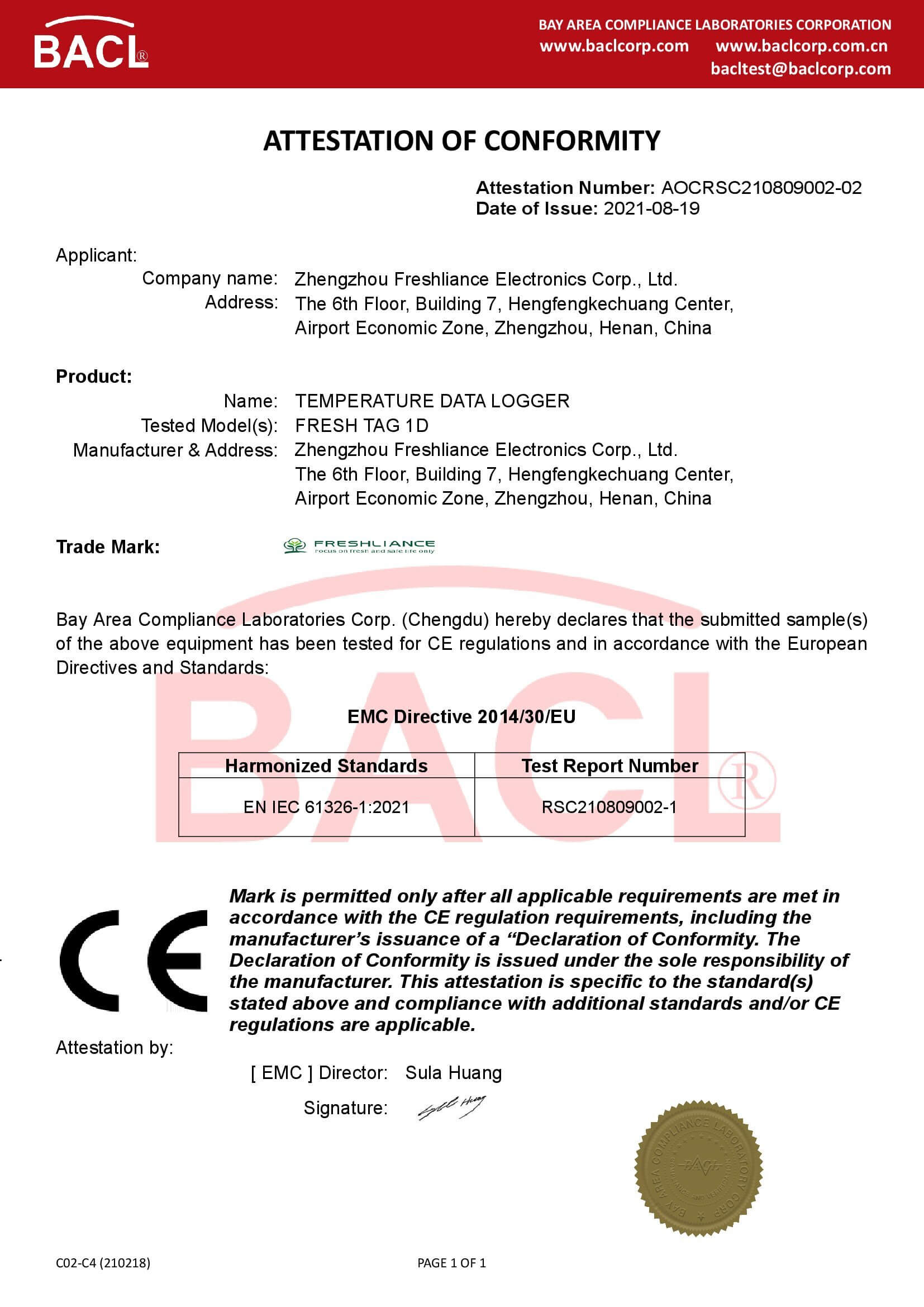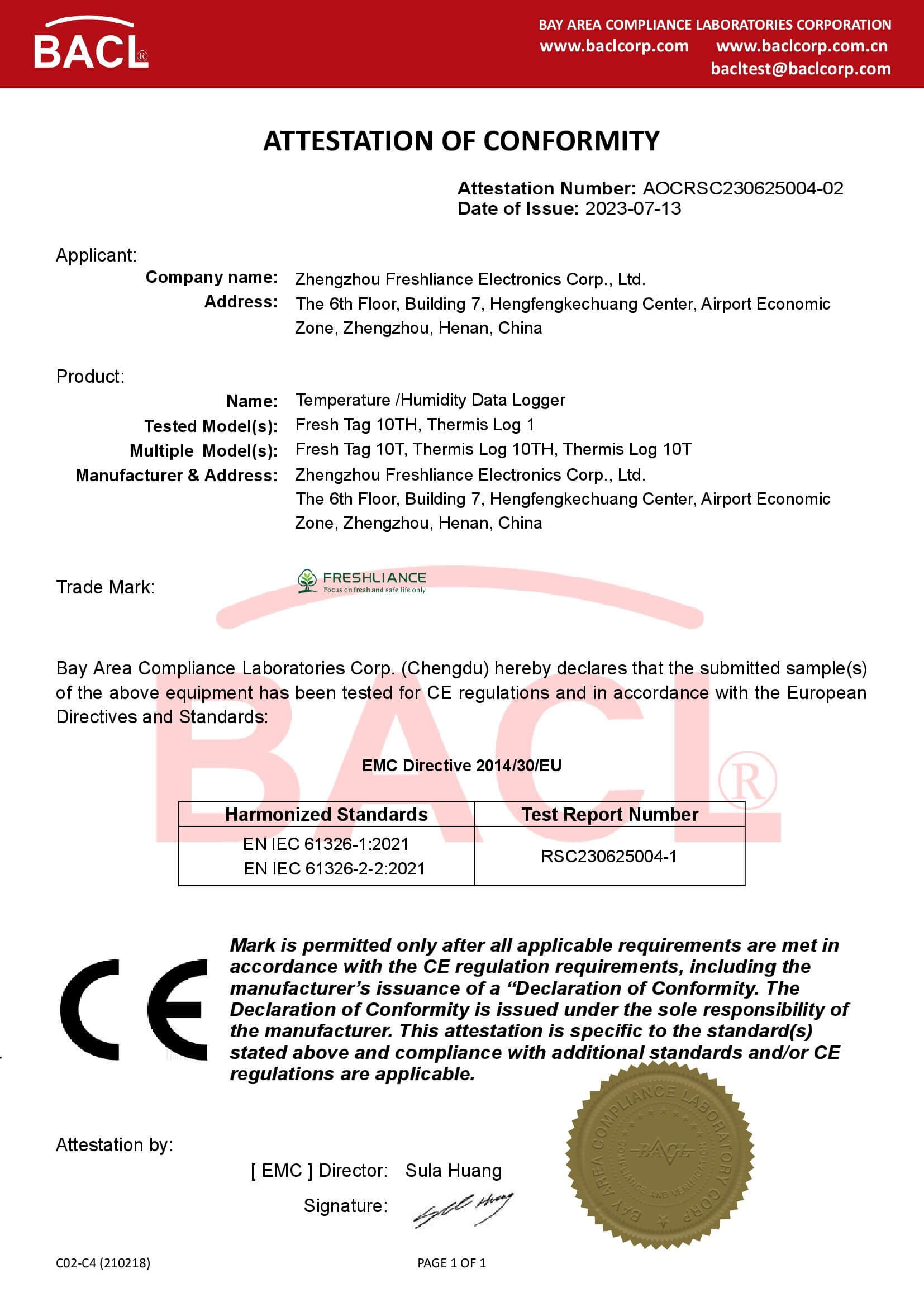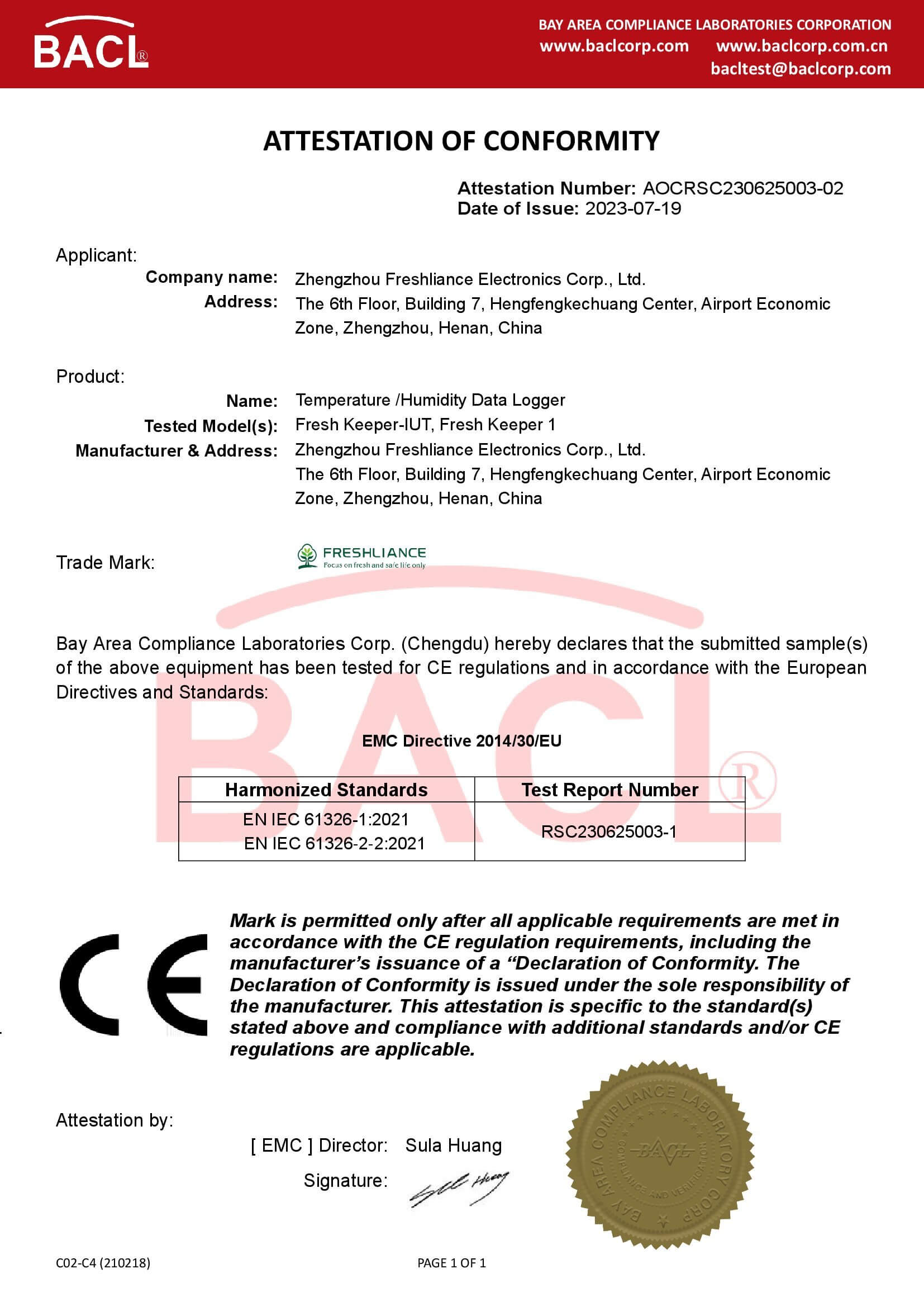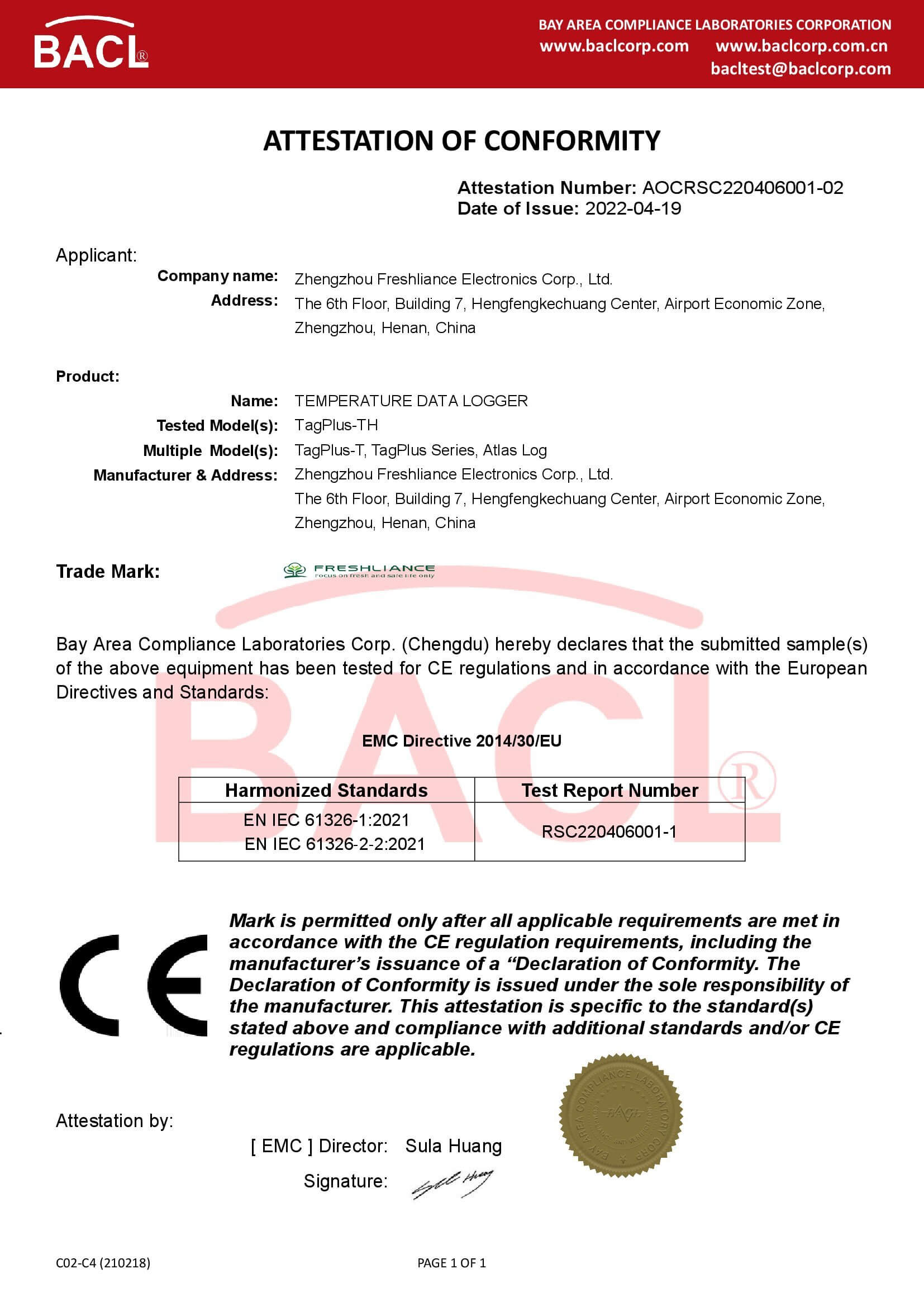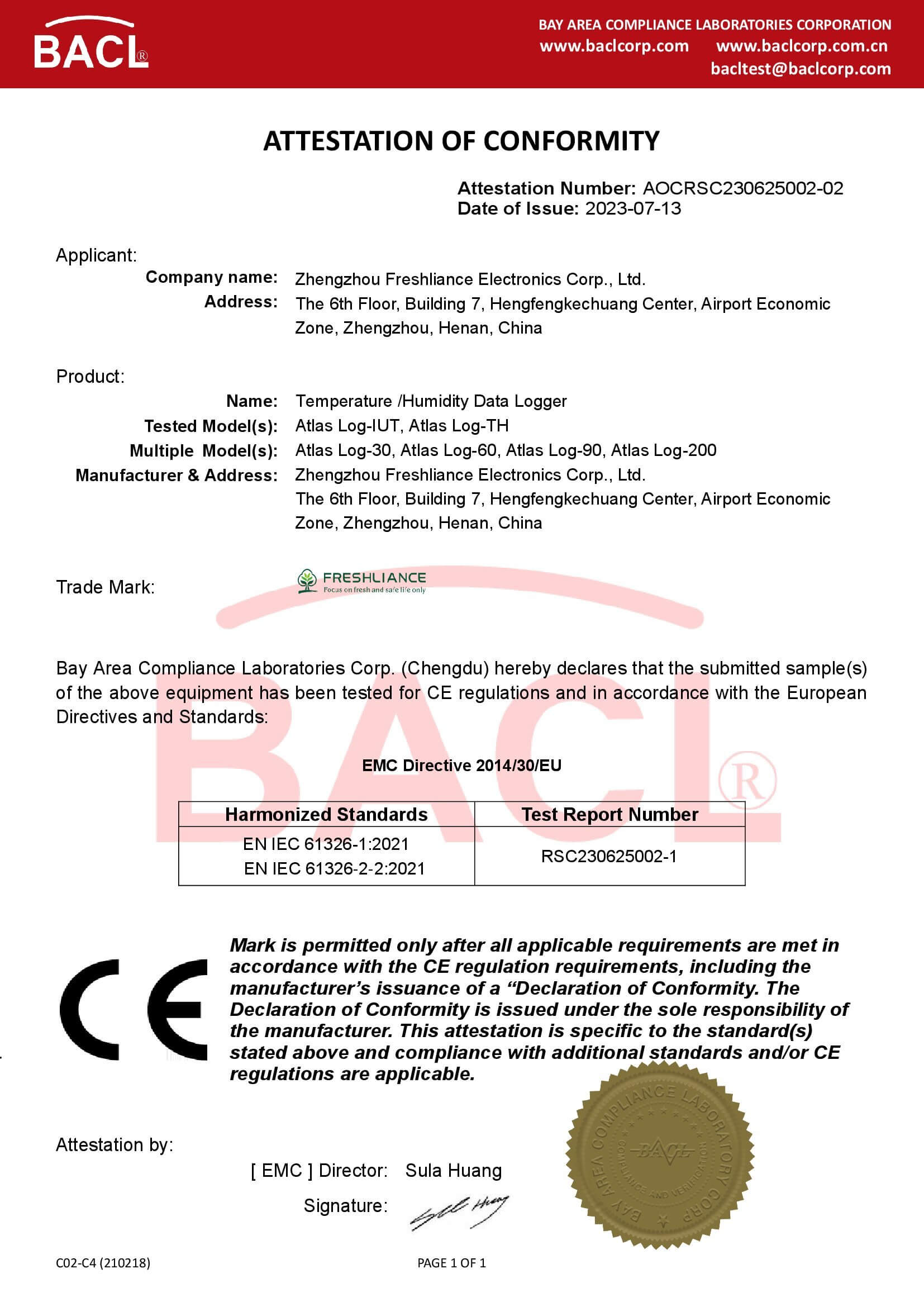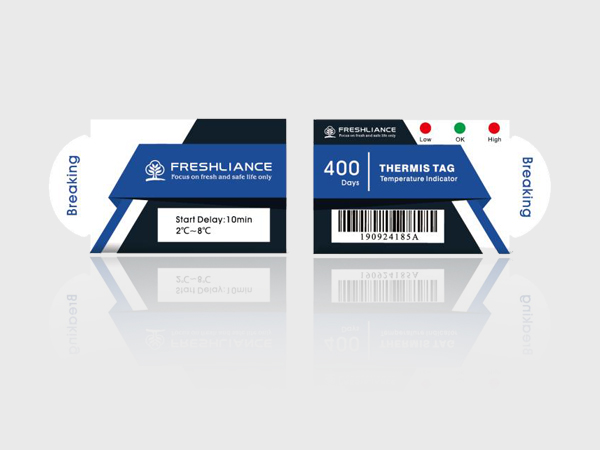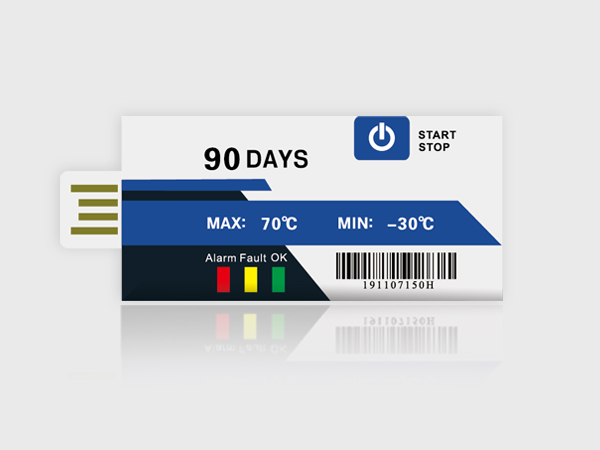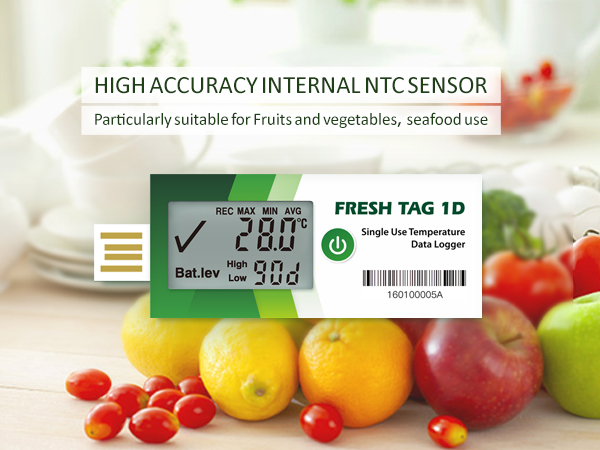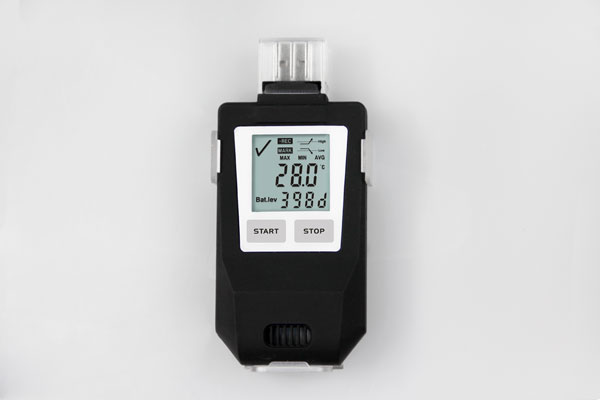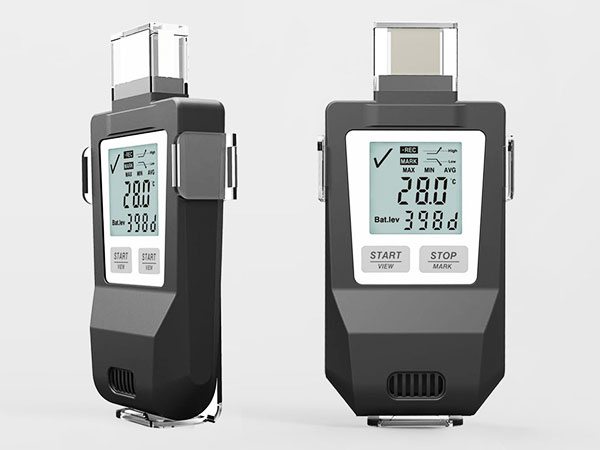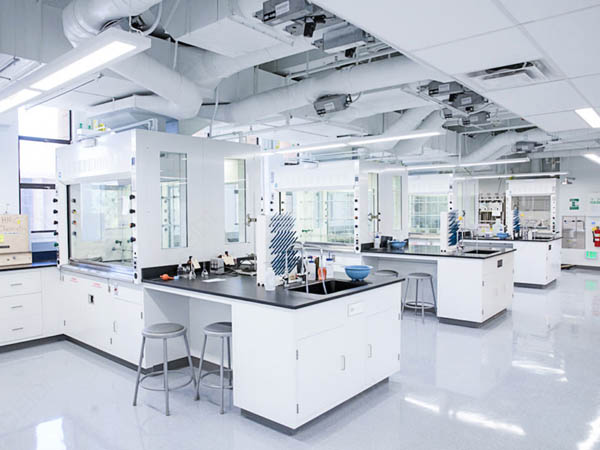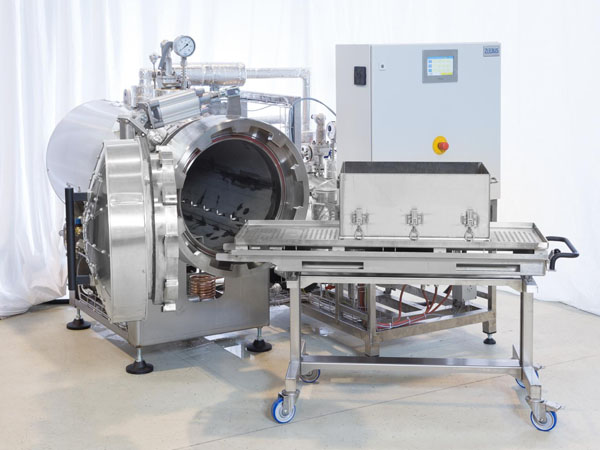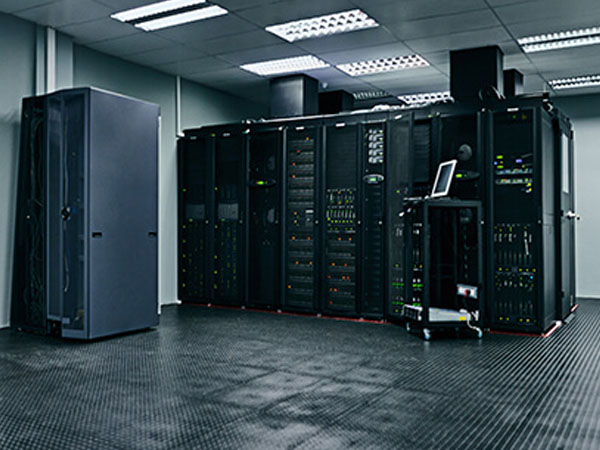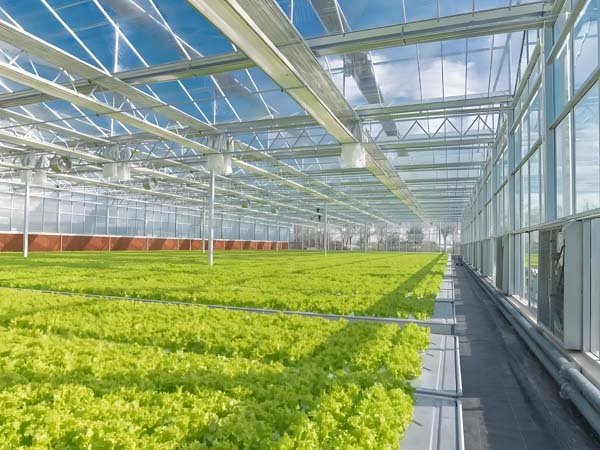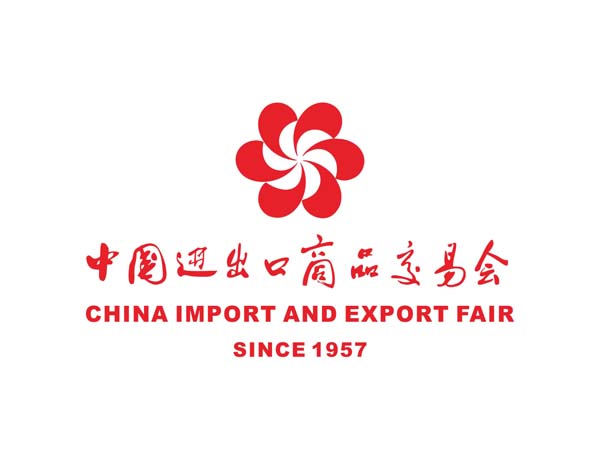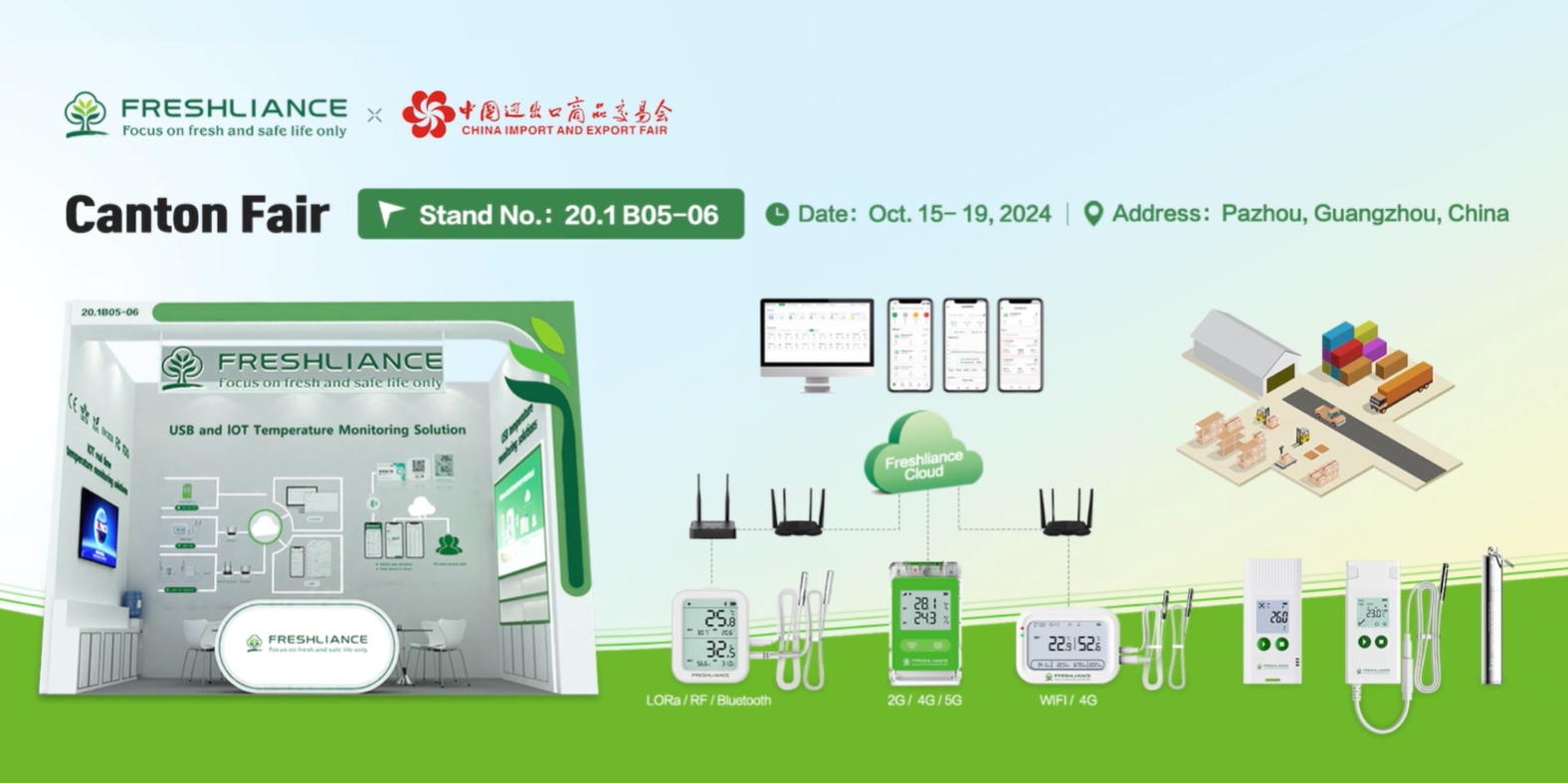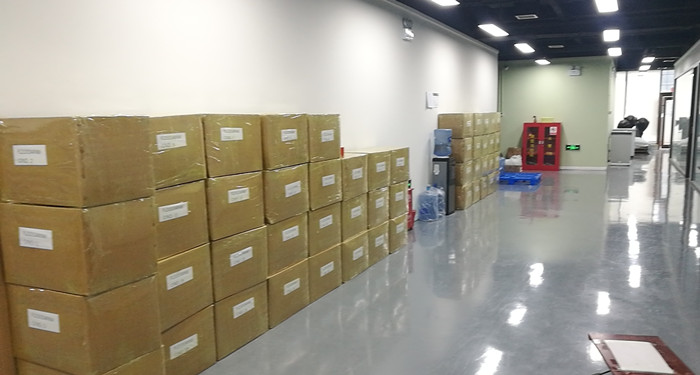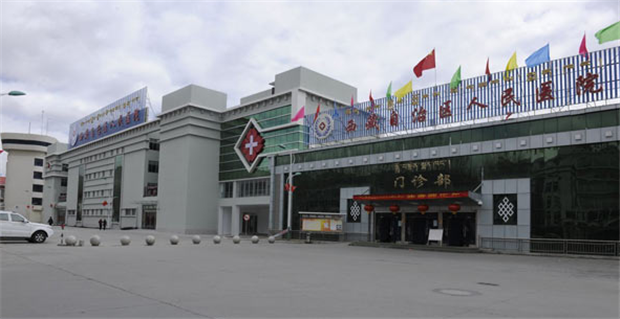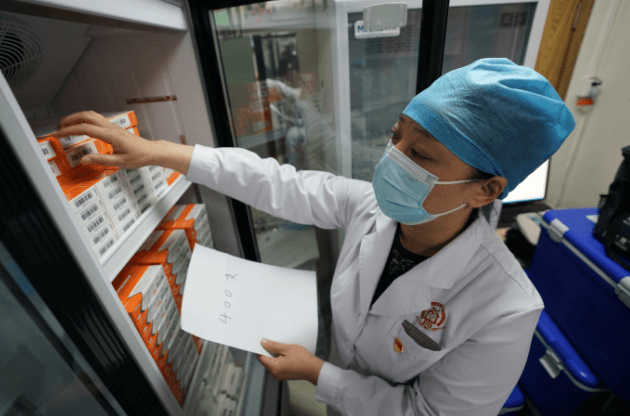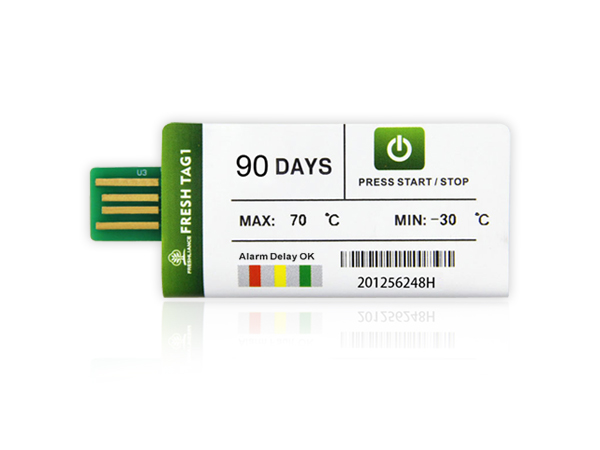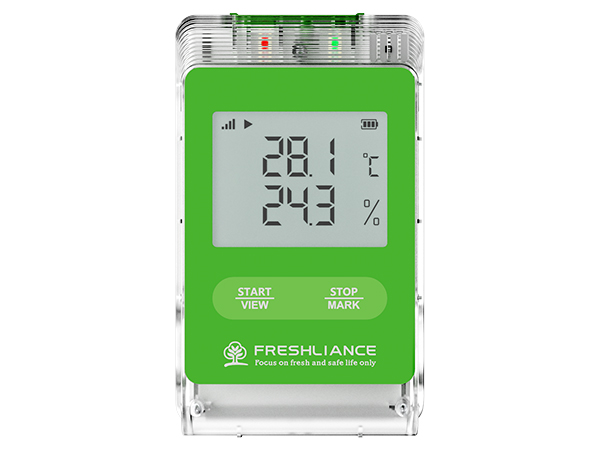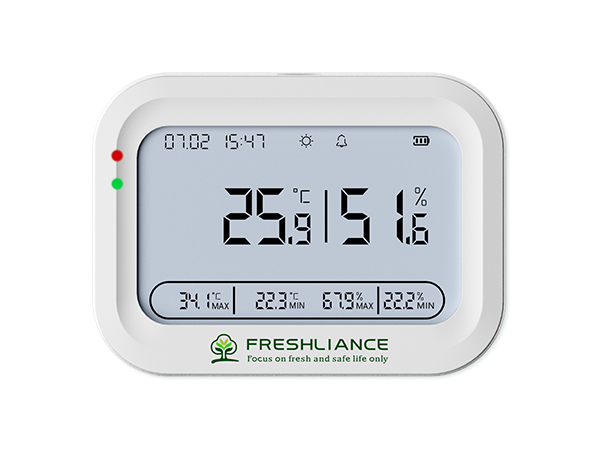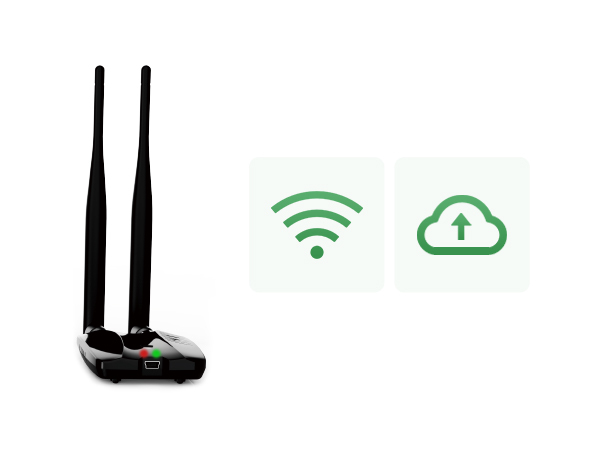The Role of Temperature in Milk Processing and Production
Freshliance COEUS-WIFI wireless temperature and humidity data logger can monitor and record temperature during the cooling and sterilization stages to maximize its freshness and safety.

Milk is the almost perfect food around us. It is rich in protein, calcium, and almost all known vitamins and nutrients the human body needs. Freshly squeezed raw milk contains external pathogenic bacteria and cannot be directly consumed. It must undergo a series of production processes and strict inspection and control procedures such as purification, homogenization, sterilization, and fermentation of fresh milk so that raw milk can be consumed only after it has been turned into a finished product.

Cooling milk immediately after milking keeps bacteria from multiplying rapidly. Holding milk at temperatures below 40°F (4°C) and above freezing maintains its excellent quality. Each degree in temperature above 40°F(4°C) elevates bacteria counts and decreases the shelf life of finished products. There are two typical types of milk, depending on how it is processed: Pasteurized milk and UHT milk (ultra-high temperature processing milk ). Pasteurized milk was sterilized for 15 seconds at a temperature of 80°C. Pasteurized milk kills pathogenic bacteria and spoilage bacteria in milk through pasteurization, which ensures the safety of the product and maximizes the retention of the nutrients and unique natural taste of fresh milk. The shelf life of pasteurized milk is generally about 7 days. UHT milk is rapidly heated to 135-140°C, and sterilized instantly within 3-4 seconds to achieve the sterile index. The nutritional value of UHT milk is slightly lower than that of pasteurized milk. However, UHT milk has a long storage time.

Freshliance COEUS-WIFI wireless temperature logger is qualified for temperature monitoring when cooling milk on a farm, cold storage, transportation, and sterilization. Freshliance COEUS-WIFI wireless temperature sensor comes with an external probe that features 2 meters wire. The external probe can measure temperature from -90℃ to +200℃. COEUS-WIFI wireless temperature and humidity sensors can record temperature data at user-set intervals. After the process is finished, stop the temperature monitor and connect it to the computer, the PDF&CSV report will be generated automatically. This wireless temperature logger also supports temporary reports. Using the system’s data logging capabilities, you can prove compliance to regulators. This wireless temperature and humidity monitor implements wireless IoT monitoring technology. Each temperature loggers is capable of connecting wirelessly to the internet and to the cloud. With its wireless connection, staff can monitor the temperature in real-time on the mobile APP or backstage. This wireless temperature and humidity monitor will also alarm and send you a text or email when the temperature is outside the desired range to assure milk has been within its required temperature range.


